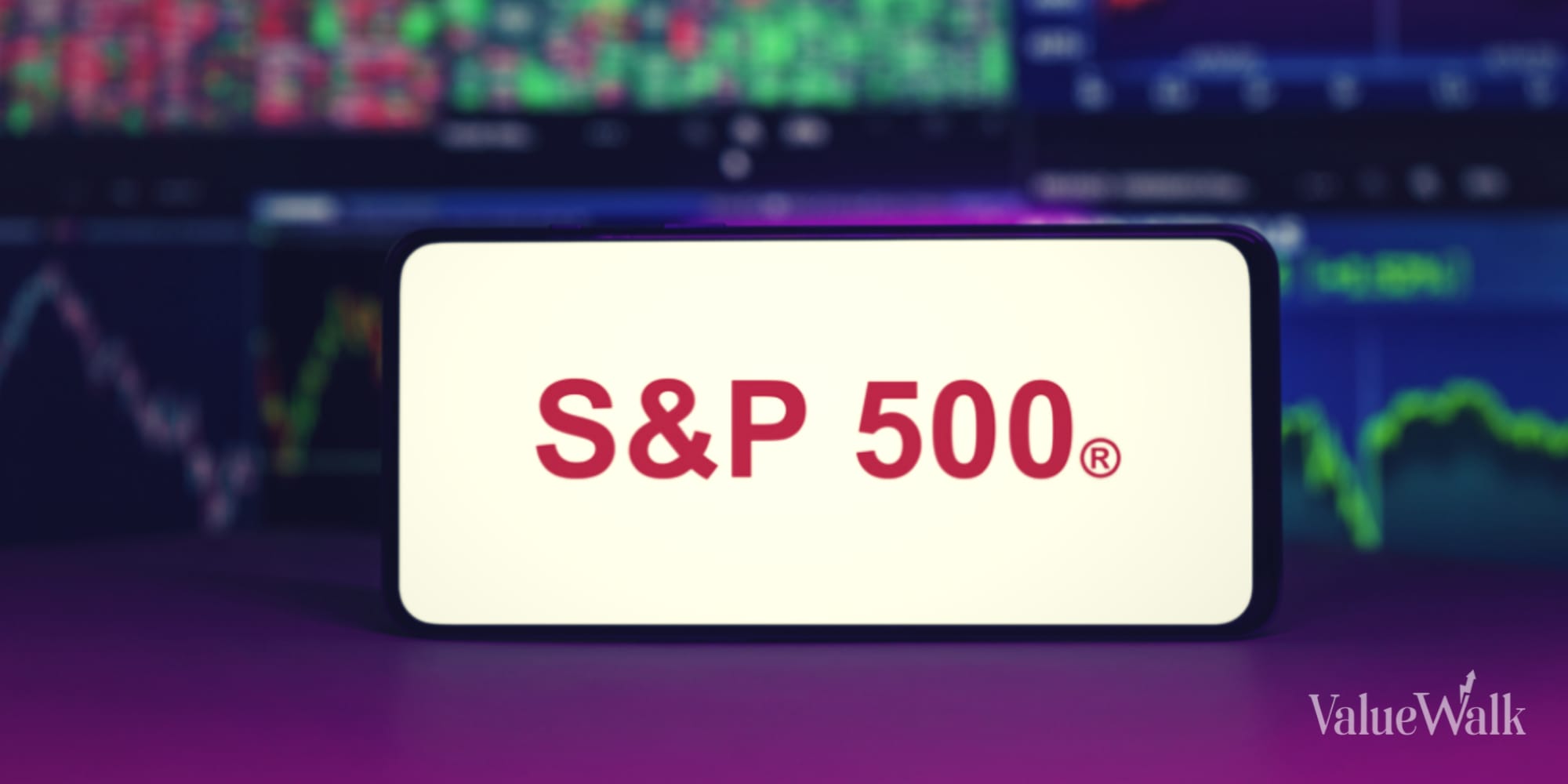Nasdaq and S&P 500 End Month at All-Time Highs; Top Stocks in February

The stock markets finished February just as they began: with gains, resulting in a record month for the major benchmarks.
Most notably, the Nasdaq Composite closed at 16,092 on Feb. 29, marking an all-time closing high for the index. The previous closing high was on Nov. 19, 2021 at 16,057. The index had since dropped some 36% — all the way down to 10,231 on Dec. 28, 2022 — but it has now gained it all back. In February alone, the Nasdaq climbed 6.1%, making it the best February since 2015. Year to date, the Nasdaq is up 7.2%.
The S&P 500 also finished February with a new record, jumping 0.5% on the day to close at an all-time high of 5,096. The large-cap benchmark finished February up 5.2%, making this the best February for the S&P 500 since 2015. As of Feb. 29, the S&P was up 6.8% YTD.
While the Dow Jones Industrial Average did not close February at a record level, it did set an all-time high during the month. The Dow closed Thursday at 38,996 — up 0.1% for the day to end the month up 2.2%. It also set a closing record of 39,131 on Feb. 23. The Dow is now up 3.5% YTD.
Not to leave out the small caps, but the Russell 2000 also had a good month, up 5.5% in February to close at 2,055 on Feb. 29. The Russell 2000 is up by about 1.4% YTD.
NVIDIA, Meta among top stocks in February
As usual, February was the heart of earnings season. The month’s returns were buoyed by reports from most of the Magnificent Seven stocks, including NVIDIA (NASDAQ:NVDA) and Meta Platforms (NASDAQ:META), which were two of the four best performers on the S&P 500 and two of the top three on the Nasdaq in February.
NVIDIA saw its stock price surge about 31% in February, rising sharply after the company post record fourth-quarter earnings on Feb. 21. It also had a bullish outlook for the first quarter of 2024, with revenue expected to set a new record of $24 billion, up from $22 billion in Q4. After returning 239% in 2023, NVIDIA stock is up some 62% in 2024 year to date.
Meta Platforms was another big gainer last month, notching a February return of 28%. The company posted its fourth-quarter earnings results on Feb. 1, reporting a 25% increase in revenue with net income that tripled year over year.
A major factor was a cost-cutting initiative that resulted in an 8% drop in expenses. The report was also notable for the fact that Meta offered its first-ever dividend, a 50-cent-per-share payout to investors. Meta is up by about 41% YTD after returning 194% in 2023.
However, the best performer on the S&P 500 and the Nasdaq in February was Constellation Energy (NASDAQ:CEG). The stock gained 37% in February, with most of those gains coming after it released its fourth-quarter earnings results on Feb. 27.
The energy company, which is the largest producer of carbon-free energy, reported mixed results in the fourth quarter, missing estimates for earnings but beating on revenue. However, Constellation Energy’s stock more likely surged on its earnings guidance for 2024, which was better than analysts had anticipated and led to a slew of price-target upgrades.
Is the market overvalued?
Now that the major benchmarks are all at or near all-time highs and have erased the losses from the late 2021 and 2022 bear market, where do things go from here? Is the market due for a correction?
That is hard to know, but one of the indicators to watch is the Shiller P/E ratio, also known as the cyclically adjusted price-to-earnings (CAPE) ratio. This ratio gauges the valuation of the S&P 500 based on the average inflation-adjusted earnings over the past 10 years, offering a longer-term view than the typical P/E ratio.
The Shiller P/E ratio currently sits at 34, which is higher than normal. The long-term median Shiller P/E is about 16, but over the past 10 years, it has predominantly hovered in the mid-to-high-20s range. In March 2020, it dropped to 24, and just before the markets crashed in November 2021, it was at 38. Thus, at 34, it is not yet as high as it was in November 2021, but it bears watching.
The regular 12-month trailing P/E ratio of the S&P 500 is 23, which is still in a fairly reasonable range, although it is up from 17 a year ago. However, the P/E ratio of the Nasdaq 100 has crept up to 34 from 24 a year ago.
This indicates that the markets are running a bit hot right now, especially the Nasdaq. Investors should keep an eye on valuations, particularly among technology stocks, and be cautious with those that have valuations well outside their normal ranges.

Comments are closed.